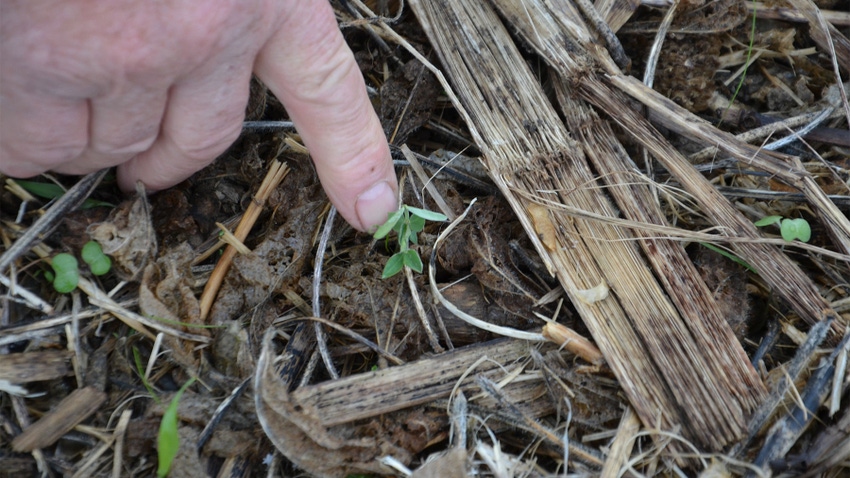December 4, 2023

If you’re interested in trying cover crops for the first time, funding through the Environmental Quality Incentives Program and the Conservation Stewardship Program is available, with additional funding through the Inflation Reduction Act. This funding will assist with some initial costs of trying cover crops, but the programs come with some caveats that you should understand upfront.
For example, the Natural Resources Conservation Service uses a seeding calculator both to determine minimum rates for each species of cover crop you might plant and to see if a mix meets the standards of the Field Office Technical Guide. All mixes of cover crops where financial assistance is provided must meet the seeding calculator guidelines.
Sometimes when the local NRCS office receives documentation to certify a cover crop planting, they find an issue that keeps the planting from meeting Indiana NRCS standards. That prevents payment. Here are six common issues:
1. Minimum rate is too low. The calculator sometimes indicates the minimum rate for a single species seeding, such as cereal rye, is too low. If you are happy with lower rates and are not receiving financial assistance, that is fine. But you must meet the minimum pure live seed rate if you receive payments.
2. One species rate is too high. Sometimes one species of the mix is at too high of a rate for the mix to thrive. Some species, if seeded at too high of a rate in a mix, will keep other species from doing well, potentially resulting in a dominant species.
3. Species are not compatible. Sometimes two species in a mix are not compatible with each other. If so, it doesn’t meet the standard for payment. This can cause a headache in the spring, too. For example, annual ryegrass with cereal rye isn’t compatible. Differences in termination may cause the calculator to consider them incompatible in a mix.
4. Method requires a rate adjustment. The calculator determines rates based on the mix being drilled. If the mix is flown on or broadcast, increase rates by 25% due to dependence on moisture to germinate and lower seed-to-soil contact.
5. There’s a seeding date deadline. Another consideration when receiving financial assistance is seeding date. Most species other than cereal grains need to be planted by early October to meet the seeding calculator specifications. However, program rules also can dictate a seeding deadline of Sept. 30. Seeding dates will also differ from north to south across the state. Discuss seeding deadlines with your NRCS office staff.
6. Retail mixes and seed tags don’t meet requirements. If you’re using a mix provided by a seed retailer, run it through the calculator well in advance of buying seed. After it is mixed or seeded is not the time to find out it doesn’t meet calculator requirements and can’t be approved for funding. You must provide a bill for seed, but you will also need to provide seed tags that show germination rates and purity of each species, plus percentage of each species in the mix. Seed tags must also show that the seed doesn’t contain any noxious weed seed.
About the Author(s)
You May Also Like






